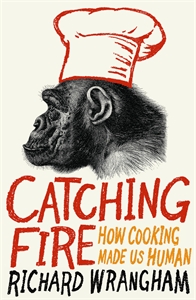Negative
Critics of the cooking hypothesis question whether archaeological evidence supports the view that cooking fires began long enough ago to confirm Wrangham's findings. [5] The traditional explanation is that human ancestors scavenged carcasses for high-quality food that preceded the evolutionary shift to smaller guts and larger brains. [6]
Critics of the hypothesis argue that while a linear increase in brain volume of the genus Homo is seen over time, adding fire control and cooking does not add anything meaningful to the data. Species such as H. ergaster existed with large brain volumes during time periods with little to no evidence of fire for cooking. Little variation exists in the brain sizes of H. erectus dated from periods of weak and strong evidence for cooking. [7] An experiment involving mice fed raw versus cooked meat found that cooking meat did not increase the amount of calories taken up by mice, leading to the study's conclusion that the energetic gain is the same, if not greater, in raw meat diets than cooked meats. [8] Studies such as this and others have led to criticisms of the hypothesis that state that the increases in human brain-size occurred well before the advent of cooking due to a shift away from the consumption of nuts and berries to the consumption of meat. [9] [10] Other anthropologists argue that the evidence suggests that cooking fires began in earnest only 250,000 BP, when ancient hearths, earth ovens, burned animal bones, and flint appear across Europe and the Middle East. [5]
